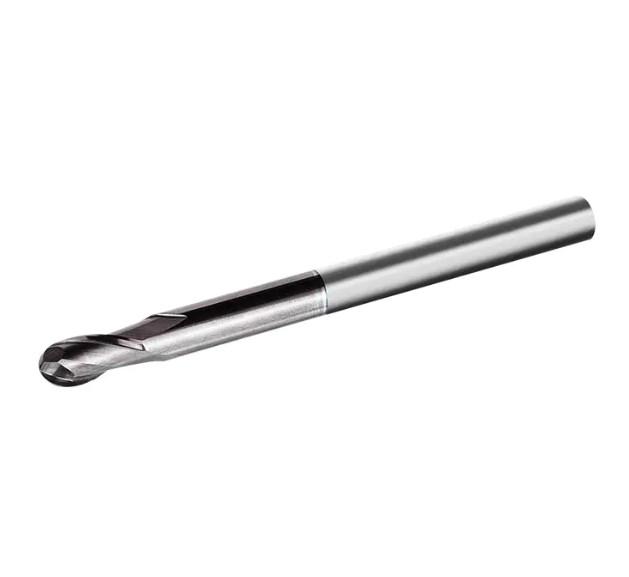Strategies for Reducing Heat Generation and Improving Efficiency with Solid Carbide Burs

Solid Carbide Burs are widely used in precision machining and dental procedures due to their hardness and ability to maintain sharp cutting edges under demanding conditions. However, one of the critical challenges during their operation is excessive heat generation. Overheating can compromise the cutting efficiency, reduce the tool’s lifespan, and even damage the workpiece surface. Understanding the factors that contribute to heat buildup and implementing strategies to mitigate it is essential for achieving optimal performance.
One of the primary causes of overheating is friction between the bur and the workpiece. High rotational speeds combined with aggressive feed rates can rapidly increase temperatures at the contact point. Selecting the appropriate cutting speed based on the material being processed is therefore crucial. Harder materials, such as stainless steel or titanium alloys, require carefully controlled speeds to prevent excessive heat, whereas softer metals may tolerate slightly higher rotation without significant temperature rise. Operators must balance speed and feed to optimize material removal while minimizing thermal stress.
Cooling and lubrication play a significant role in controlling temperature. The use of air or liquid coolant can help dissipate heat and maintain a stable cutting environment. Continuous flow of coolant reduces the risk of thermal expansion in the tool and prevents surface discoloration or burn marks on the workpiece. Additionally, intermittent cutting, where the bur is periodically withdrawn, can allow heat to dissipate naturally and prevent local hotspots that may lead to premature tool wear.
The bur’s geometry and coating also influence heat management. Solid Carbide Burs with optimized flute designs facilitate chip removal, which prevents friction buildup caused by clogged cutting edges. Coatings such as titanium nitride or diamond-like carbon can reduce friction and enhance thermal resistance, further improving stability during high-speed operations. Choosing the right bur type for the material and application ensures that heat generation is kept within manageable limits.
Operator technique is equally important. Applying excessive pressure during cutting can force the bur into the material, increasing friction and temperature. Maintaining a steady, moderate force allows the cutting edges to engage efficiently without producing unnecessary heat. In automated or CNC-controlled environments, programmed feed rates and consistent pressure can greatly reduce the risk of overheating compared to manual operation.
In conclusion, preventing overheating in Solid Carbide Burs requires a combination of controlled cutting parameters, proper cooling, appropriate bur selection, and skilled operation. By carefully managing rotational speed, feed force, coolant application, and tool geometry, operators can maintain high efficiency, extend tool life, and achieve precise, high-quality finishes even under demanding conditions. Overheating is not an inevitable consequence of high-speed cutting, but rather a factor that can be mitigated through knowledge and careful practice.
- Art
- Causes
- Crafts
- Dance
- Drinks
- Film
- Fitness
- Food
- Παιχνίδια
- Gardening
- Health
- Κεντρική Σελίδα
- Literature
- Music
- Networking
- άλλο
- Party
- Religion
- Shopping
- Sports
- Theater
- Wellness


